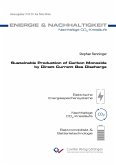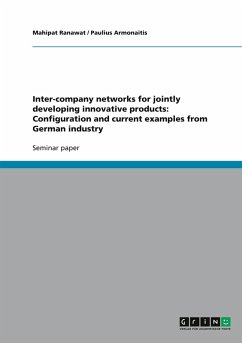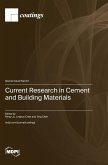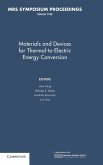Microbial electrochemical systems (MES) have gained significant attention in recent years due to their potential for sustainable electricity generation from various organic and inorganic compounds. MES rely on the ability of certain bacteria to transfer electrons to electrodes, generating an electric current. These bacteria are known as electroactive bacteria, and they play a crucial role in the efficiency of MES. Researchers have been exploring ways to enhance the electron transfer rate of electroactive bacteria to improve the overall performance of MES. One promising approach is metabolic engineering, which involves modifying the metabolic pathways of bacteria to optimize their electron transfer capabilities. Metabolic engineering can be achieved through genetic modification or environmental manipulation to encourage the growth of bacteria with desirable traits. Metabolic engineering has shown success in improving the electron transfer rate of various electroactive bacteria, including Geobacter sulfurreducens and Shewanella oneidensis. These bacteria have the ability to transfer electrons to electrodes by producing extracellular electron shuttles, which can be optimized through metabolic engineering. Researchers have also found that manipulating the electron transport chain and improving the expression of electron transfer genes can enhance the electron transfer rate of electroactive bacteria. Another approach to enhancing the electron transfer rate of electroactive bacteria is through metagenomic strategies. Metagenomics is the study of genetic material recovered directly from environmental samples, and it has revolutionized the study of microbial communities. Researchers can use metagenomics to analyze the genetic material of electroactive bacteria in their natural environment, allowing them to identify novel genes and pathways involved in electron transfer. Metagenomic strategies have led to the discovery of new electroactive bacteria, such as the metal-reducing bacterium Desulfobulbus propionicus. This bacterium was found to have a novel mechanism for electron transfer, involving a cytochrome complex that transfers electrons directly to the electrode. This discovery highlights the potential of metagenomic strategies in identifying new electroactive bacteria with unique electron transfer mechanisms. In addition to enhancing the electron transfer rate of electroactive bacteria, researchers are also exploring ways to improve the efficiency and scalability of MES. One approach is to use microbial communities instead of individual bacteria to generate electricity. These communities can consist of multiple species of bacteria that work together to enhance electron transfer and overall efficiency. Researchers are also investigating the use of wastewater and other organic waste materials as a sustainable and cost-effective fuel source for MES. Overall, the development of electroactive bacteria for enhancing electron flux in microbial electrochemical systems is a promising avenue for sustainable energy production. Through metabolic engineering and metagenomic strategies, researchers are uncovering new ways to optimize electron transfer and improve the efficiency of MES. These advances have the potential to revolutionize the field of renewable energy and contribute to a more sustainable future.
Hinweis: Dieser Artikel kann nur an eine deutsche Lieferadresse ausgeliefert werden.
Hinweis: Dieser Artikel kann nur an eine deutsche Lieferadresse ausgeliefert werden.








